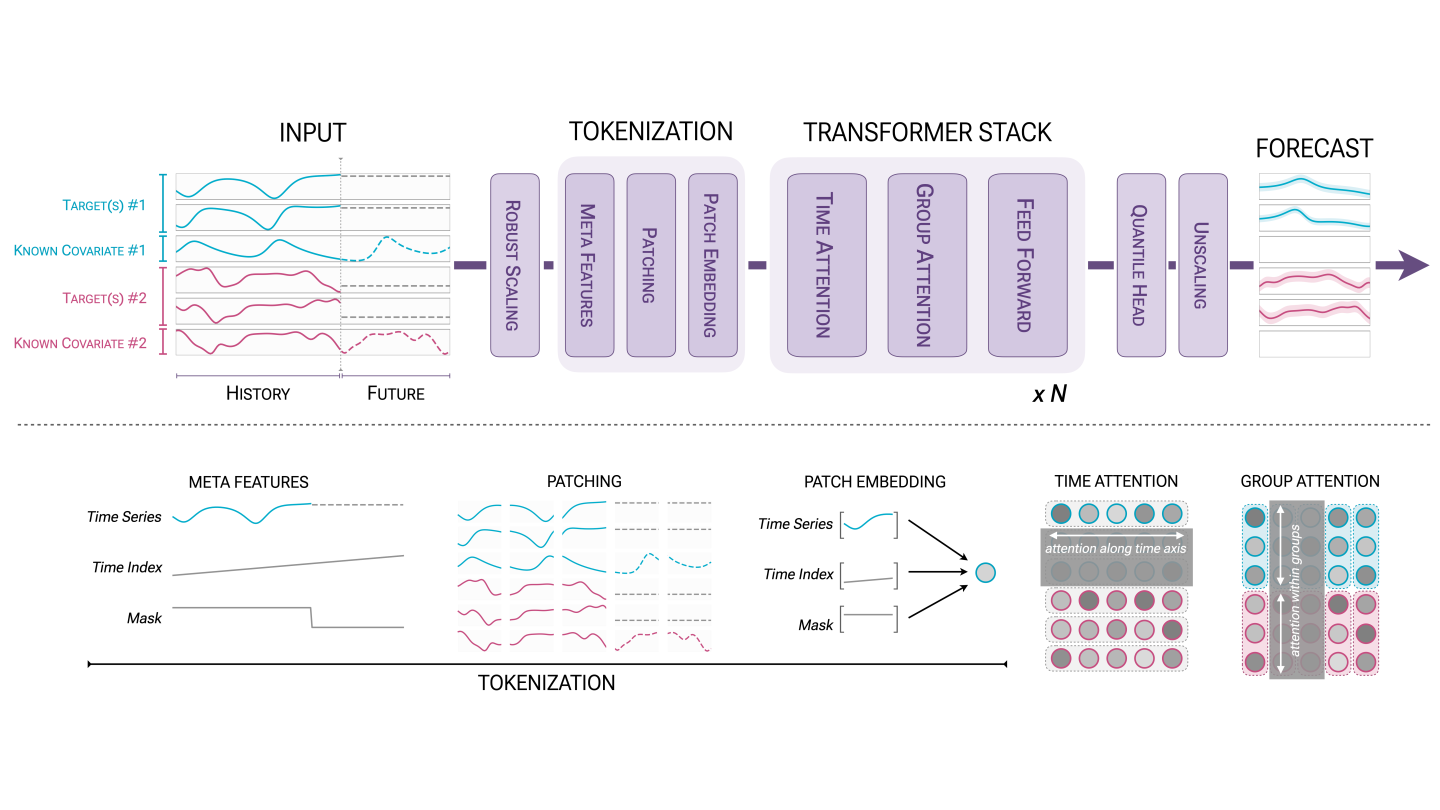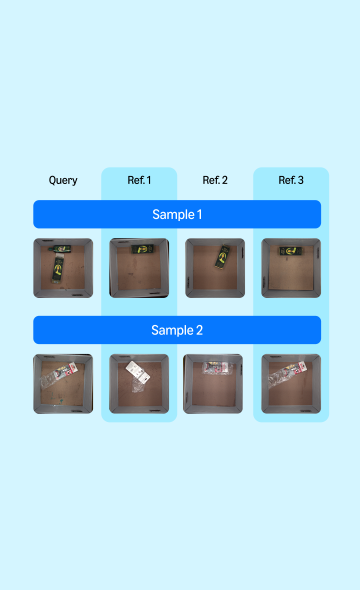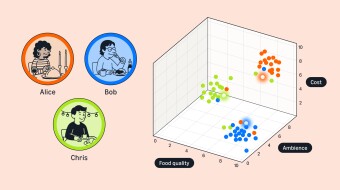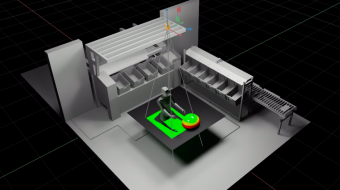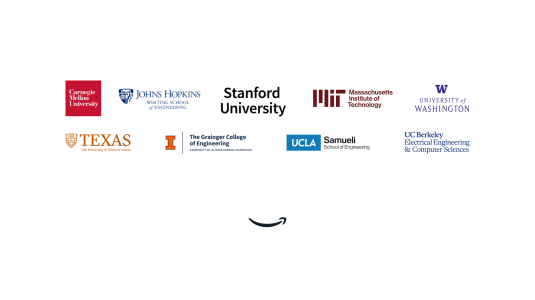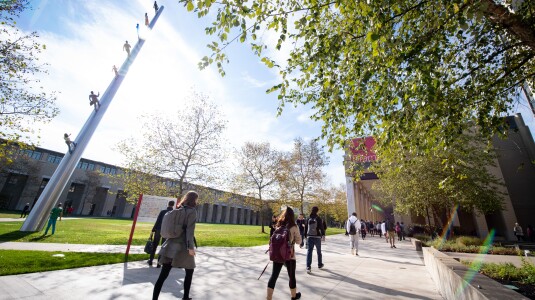Customer-obsessed science


Research areas
-
November 6, 2025A new approach to reducing carbon emissions reveals previously hidden emission “hotspots” within value chains, helping organizations make more detailed and dynamic decisions about their future carbon footprints.
-
-
Featured news
-
2025Large-scale vision-language pre-trained (VLP) models (e.g., CLIP [46]) are renowned for their versatility, as they can be applied to diverse applications in a zero-shot setup. However, when these models are used in specific domains, their performance often falls short due to domain gaps or the under-representation of these domains in the training data. While fine-tuning VLP models on custom datasets with
-
ICSPCN 20252025This paper introduces a new tri-lateration method that utilizes a unique cost function formulation to significantly enhance the performance of positioning systems. Fixed-position devices called locators or anchors, with predetermined coordinates, are used to determine and track the unknown location of a moving electronic tag. The optimization algorithm enhances accuracy by assigning greater importance to
-
2025Text-to-Image diffusion models have shown remarkable capabilities in generating high-quality images. However, current models often struggle to adhere to the complete set of conditions specified in the input text and return unfaithful generations. Existing works address this problem by either fine-tuning the base model or modifying the latent representations during the inference stage with gradient-based
-
2025Query-product relevance classification is crucial for e-commerce stores like Amazon, ensuring accurate search results that match customer intent. Using a unified multilingual model across multiple languages/marketplaces tends to yield superior outcomes but also presents challenges, especially in maintaining performance across all languages when the model is updated or expanded to include a new one. To tackle
-
2025Audio Description (AD) plays a pivotal role as an application system aimed at guaranteeing accessibility in multi-media content, which provides additional narrations at suitable intervals to describe visual elements, catering specifically to the needs of visually impaired audiences. In this paper, we introduce CA3D, the pioneering unified Context-Aware Automatic Audio Description system that provides AD
Collaborations
View allWhether you're a faculty member or student, there are number of ways you can engage with Amazon.
View all












